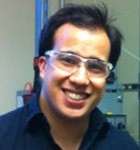|
The RSC would like to share with you a collection of recent journal articles and books in the area of solar photovoltaics. You can read selected articles for free until the 31st October 2013 by clicking on the links below.
We hope that you enjoy the collection! Did you know that the RSC has put together a webpage on solar photovoltaics, which brings together information on activities for scientists, policymakers, educators and young people? Take a look today… We have also put together a collection of articles on solar fuels and artificial photosynthesis, which are also free until the end of October. You can view this collection here… |
Reviews and Perspectives
FREE: Photosensitized electron transfer processes of nanocarbons applicable to solar cells
Francis D’Souza and Osamu Ito
Chem. Soc. Rev., 2012, DOI: 10.1039/C1CS15201G, Tutorial Review
FREE: Novel nanostructures for next generation dye-sensitized solar cells
Nicolas Tétreault and Michael Grätzel
Energy Environ. Sci., 2012, DOI: 10.1039/C2EE03242B, Perspective
FREE: Porphyrin-sensitized solar cells
Lu-Lin Li and Eric Wei-Guang Diau
Chem. Soc. Rev, 2013, DOI: 10.1039/C2CS35257E, Review Article
FREE: Carbon nanotube-based heterostructures for solar energy applications
Lei Wang, Haiqing Liu, Robert M. Konik, James A. Misewich and Stanislaus S. Wong
Chem. Soc. Rev., 2013, DOI: 10.1039/C3CS60088B, Review Article
FREE: Semiconductor nanowires: a platform for exploring limits and concepts for nano-enabled solar cells
Thomas J. Kempa, Robert W. Day, Sun-Kyung Kim, Hong-Gyu Park and Charles M. Lieber
Energy Environ. Sci., 2013, DOI: 10.1039/C3EE24182C, Review Article
FREE: Efficient photon management with nanostructures for photovoltaics
Bo Hua, Qingfeng Lin, Qianpeng Zhang and Zhiyong Fan
Nanoscale, 2013, DOI: 10.1039/C3NR01152F, Review Article
FREE: Plasmonic photocatalysts: harvesting visible light with noble metal nanoparticles
Peng Wang, Baibiao Huang, Ying Dai and Myung-Hwan Whangbo
Phys. Chem. Chem. Phys., 2012, DOI: 10.1039/C2CP40823F, Perspective
FREE: Improvement of dye-sensitized solar cells toward the broader light harvesting of the solar spectrum
Suresh Kannan Balasingam, Minoh Lee, Man Gu Kang and Yongseok Jun
Chem. Commun., 2013, DOI: 10.1039/C2CC37616D, Feature Article
FREE: Nanostructured Titania: the current and future promise of Titania nanotubes
Kevin C. Schwartzenberg and Kimberly A. Gray
Catal. Sci. Technol., 2012, DOI: 10.1039/C2CY00538G, Perspective
That’s not all! Go to the bottom of this post to view more Reviews and Perspectives in this collection…
Original Research Articles
FREE: Low-temperature processed meso-superstructured to thin-film perovskite solar cells
James M. Ball, Michael M. Lee, Andrew Hey and Henry J. Snaith
Energy Environ. Sci., 2013, DOI: 10.1039/C3EE40810H, Communication
FREE: Tridentate cobalt complexes as alternative redox couples for high-efficiency dye-sensitized solar cells
Kais Ben Aribia, Thomas Moehl, Shaik M. Zakeeruddin and Michael Grätzel
Chem. Sci., 2013, DOI: 10.1039/C2SC21401F, Edge Article
FREE: Spirally configured cis-stilbene/fluorene hybrids as bipolar, organic sensitizers for solar cell applications
Wei-Shan Chao, Ken-Hsien Liao, Chien-Tien Chen, Wei-Kai Huang, Chi-Ming Lan and Eric Wei-Guang Diau
Chem. Commun., 2012, DOI: 10.1039/C2CC17079E, Communication
FREE: An ester-functionalized diketopyrrolopyrrole molecule with appropriate energy levels for application in solution-processed organic solar cells
Meirong Chen, Weifei Fu, Minmin Shi, Xiaolian Hu, Junying Pan, Jun Ling, Hangying Li and Hongzheng Chen
J. Mater. Chem. A, 2013, DOI: 10.1039/C2TA00148A, Paper
FREE: An isoindigo and dithieno[3,2-b:2′,3′-d]silole copolymer for polymer solar cells
Romain Stalder, Caroline Grand, Jegadesan Subbiah, Franky So and John R. ReynoldsPolym. Chem., 2012, DOI: 10.1039/C1PY00402F, Communication
FREE: Photoelectrical properties of Ag2S quantum dot-modified TiO2 nanorod arrays and their application for photovoltaic devices
Bingkun Liu, Dejun Wang, Yu Zhang, Haimei Fan, Yanhong Lin, Tengfei Jiang and Tengfeng XieDalton Trans., 2013, DOI: 10.1039/C2DT32031B, Paper
Again, you can see more original research articles in this collection at the bottom of this page.
You might be interested in these e-books from RSC Publishing…
(PDFs of the front matter, table of contents and first chapter are free to view.)
Building Integrated Photovoltaic Thermal Systems
Authors: Basant Agrawal, Gopal Nath Tiwari
Fundamentals of Photovoltaic Modules and Their Applications
Authors: Gopal Nath Tiwari, Swapnil Dubey
Also take a look at these exciting related themed issues, themed collections and Editor’s Choice selections…
Photocatalysis
Themed issue in Catalysis Science & Technology
Guest Editors: Kazunari Domen and Licheng Sun
Inorganic photophysics and photochemistry –Fundamentals and applications –
Themed issue in Dalton Transactions
Guest Editors: Michael D. Ward and Julia Weinstein
Nanomaterials for energy conversion and storage
Themed issue in Journal of Materials Chemistry
Guest Editors: K. Kalyanasundaram and Michael Grätzel
Editor’s Choice: Photovoltaic devices by Henry Snaith
Editor’s choice: Nanostructured polymer and dye-sensitized solar cells by Zhiqun Lin
Editor’s Choice: All-organic and hybrid photovoltaics by Chris McNeill


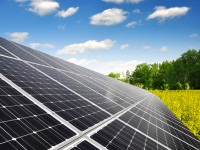
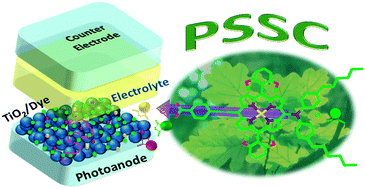
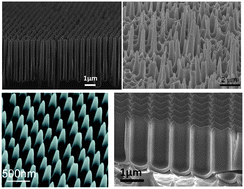












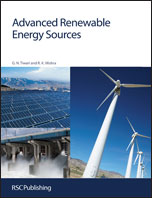
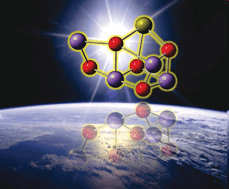
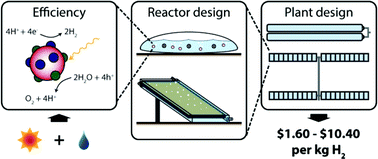
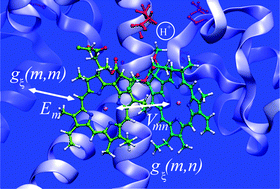
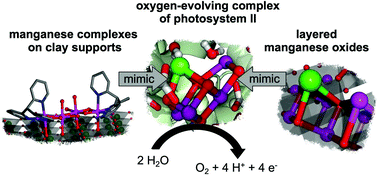
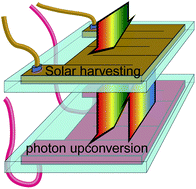
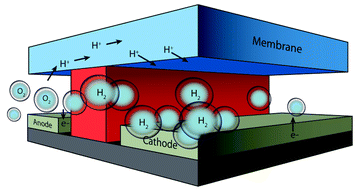
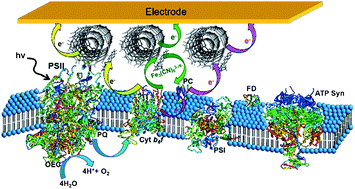
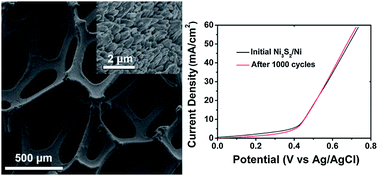
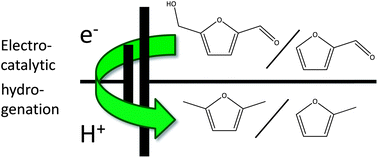


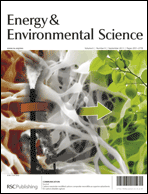
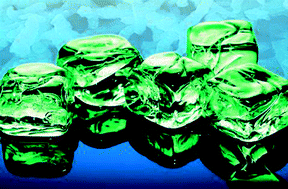
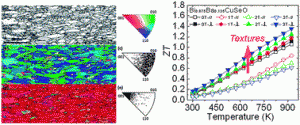
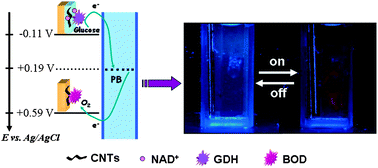
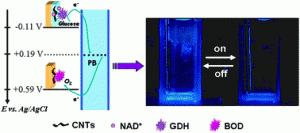
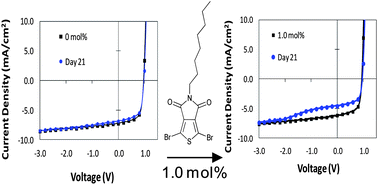
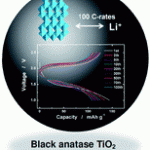 Take a look at this exciting article that has been recently published online
Take a look at this exciting article that has been recently published online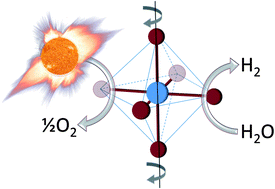 A major drawback to solar energy is the fact that it places us at the mercy of nature’s schedule. To get around this we need some method of storing it such as converting it into fuel. Whereas electric storage requires batteries, fuel storage only needs barrels and tanks.
A major drawback to solar energy is the fact that it places us at the mercy of nature’s schedule. To get around this we need some method of storing it such as converting it into fuel. Whereas electric storage requires batteries, fuel storage only needs barrels and tanks. 